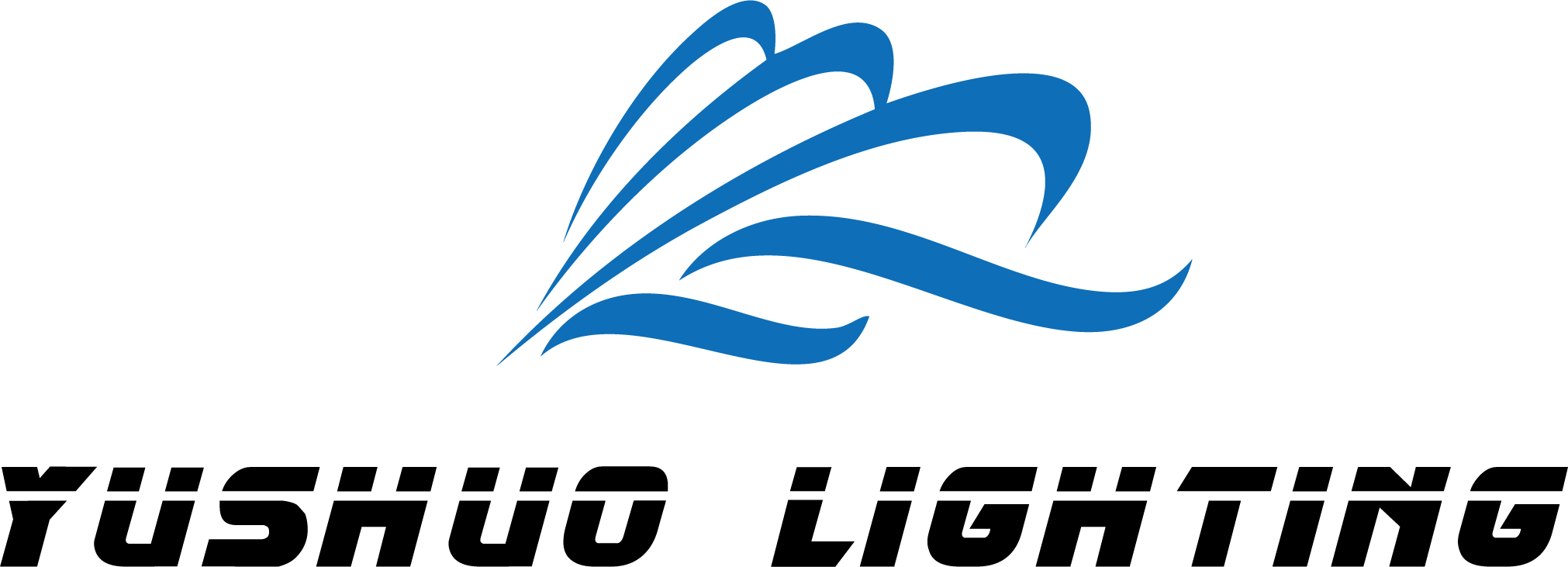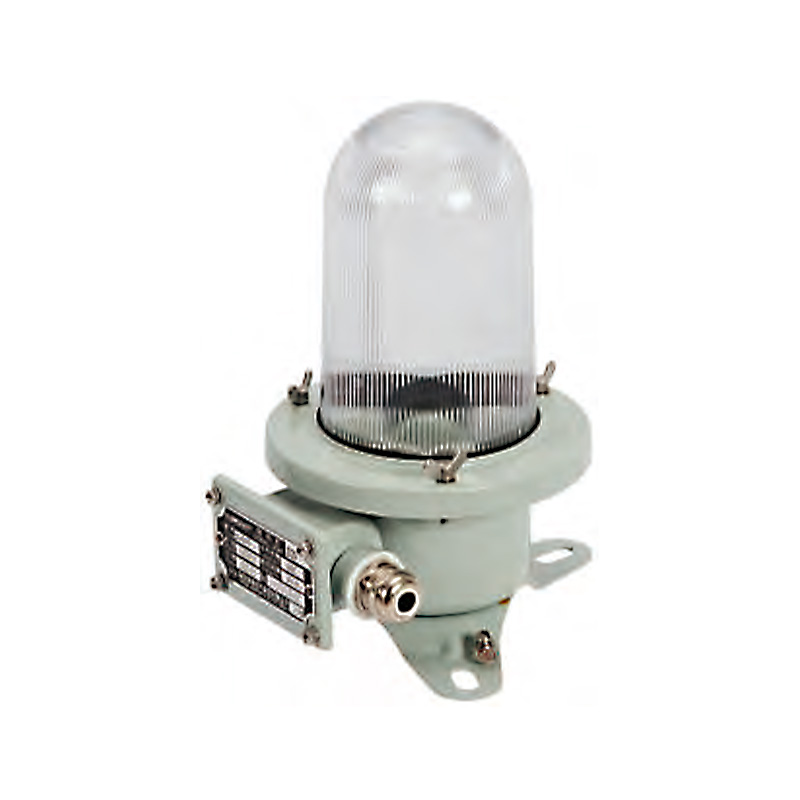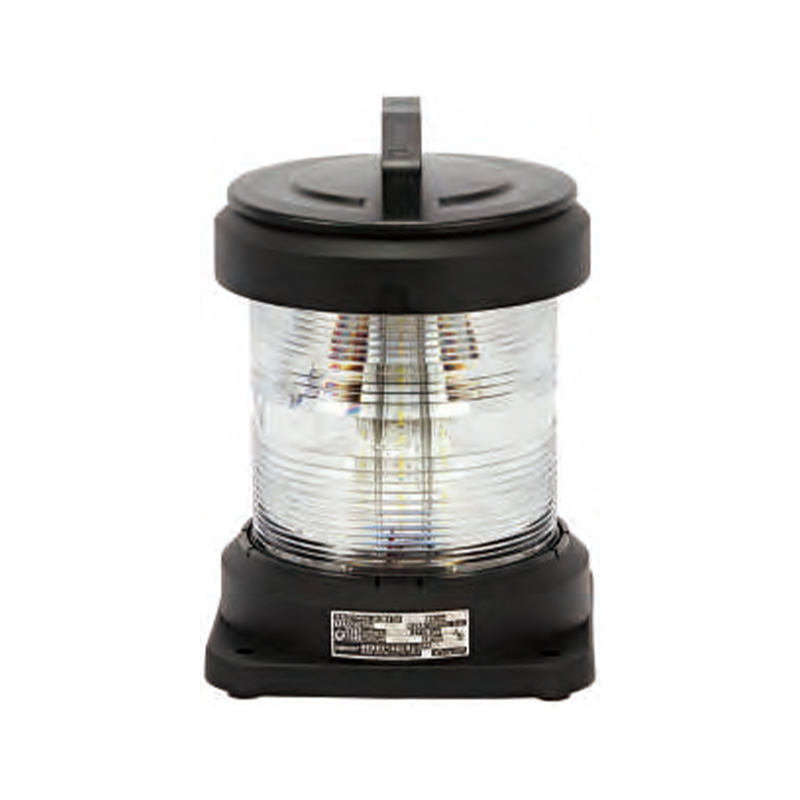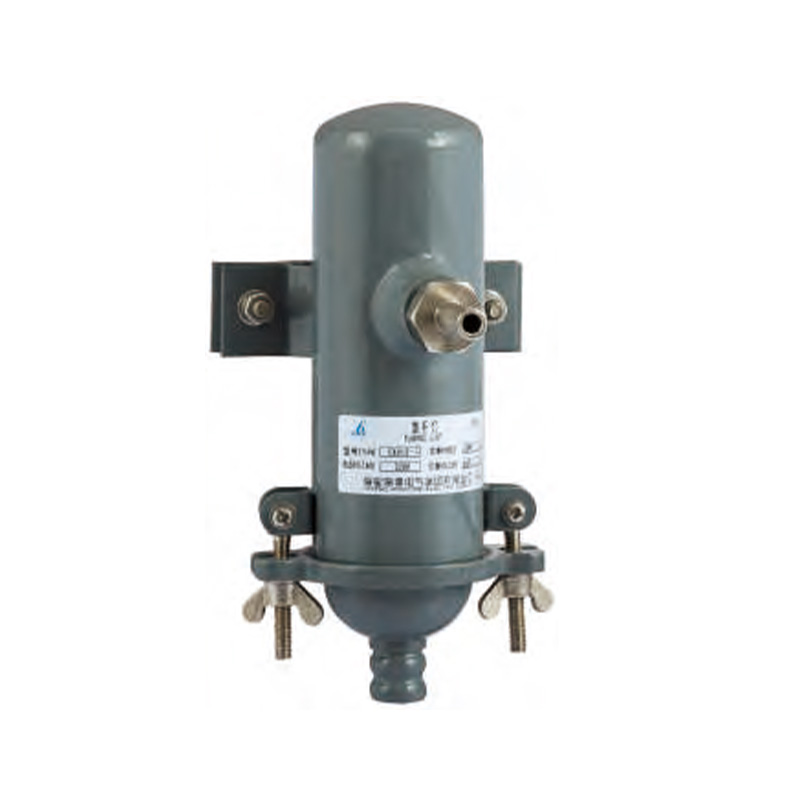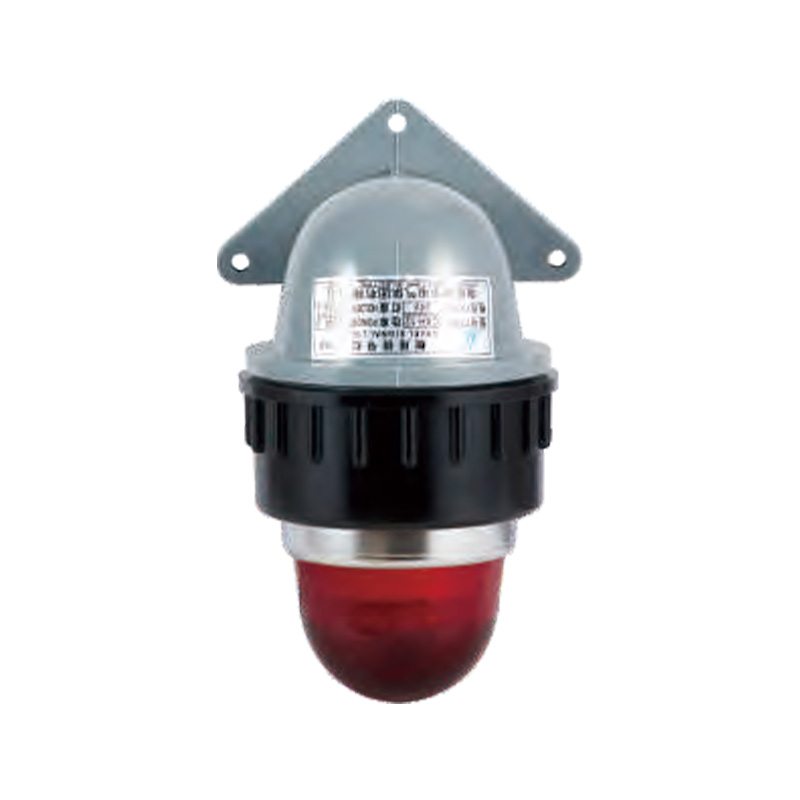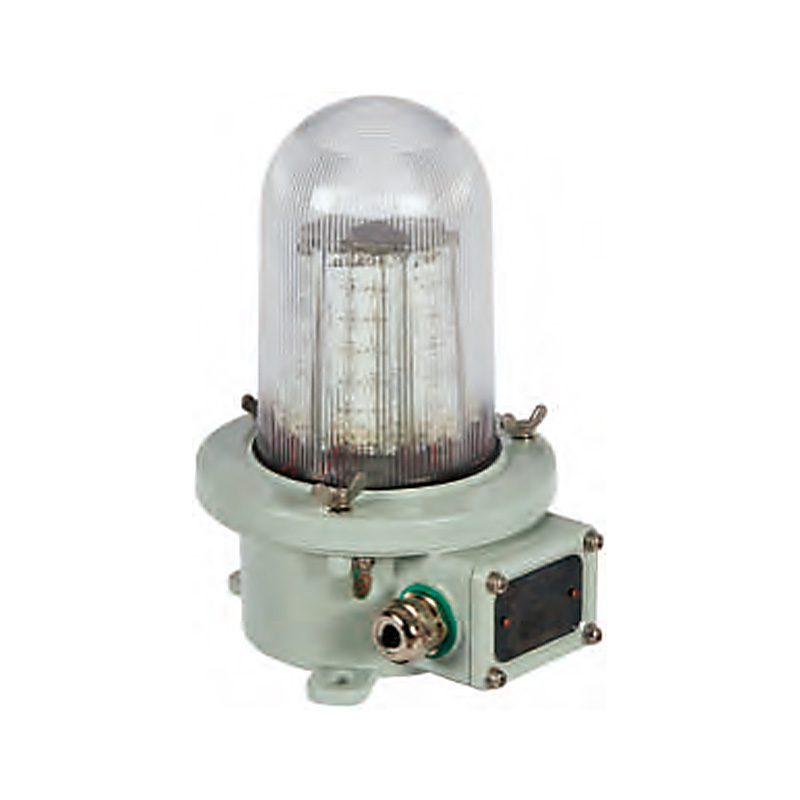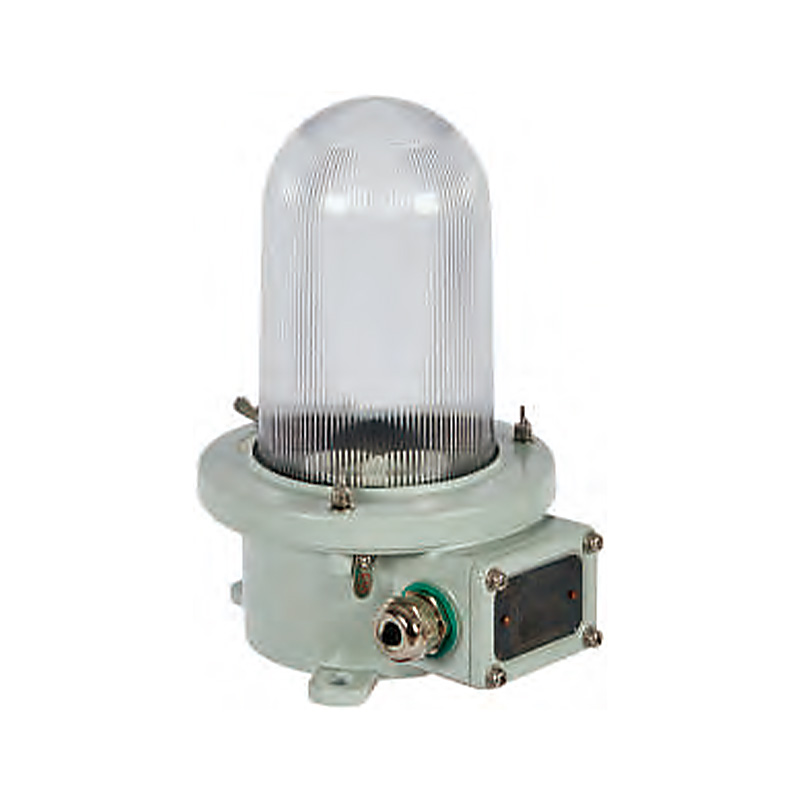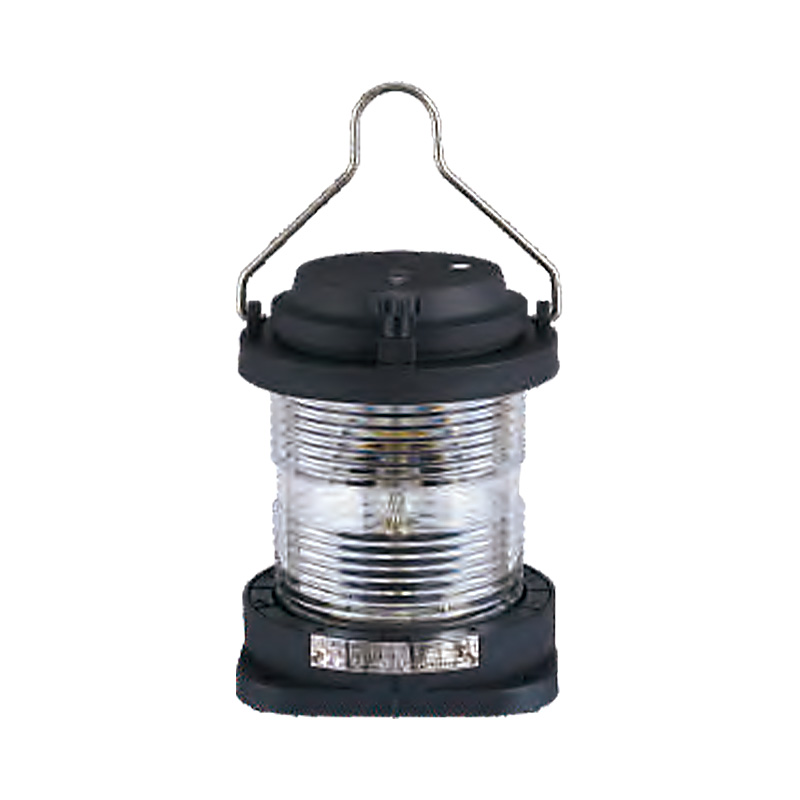Beam Control in Marine Navigation Lights
Navigation lighting is essential in making sure that ships are safe because they allow vessels to be visible and identified in various weather and visibility conditions. The most crucial aspect of the marine navigation lights is beam control, which requires compliance with international maritime regulations that ensure optimal visibility. Beam control is the capability to guide, shape and control the intensity and spread of light beams that are emitted by navigation light systems. It affects not just how far light beams can travel, but also how precisely it can reach its intended target without causing glare or confusion for other mariners.
Table of Contents
The Role of Beam Control in Marine Navigation Safety
Ensuring Compliance with International Standards
Beam control is vital in order to satisfy the precise demands for intensity and angular outlines within the International Regulations for Preventing Collisions at Sea (COLREGs). Every type of navigation light, such as sidelights, masthead lights, stern lights and towing lights must be visible over an arc of a certain size. For example, sidelights have to be visible in an area of 112.5deg and shouldn’t appear visible on the other part of the boat. Beam control technology makes sure that the angles are maintained precisely and helps mariners understand the signals of light correctly and react in a manner that is appropriate. If beam control is not in place the wrong interpretation of a vessel’s direction or state could result in accidents.
Preventing Miscommunication and Collision Risks
The ability to direct light towards specific areas also stops the spread of light in unintended directions. This is crucial when there are the busy harbors, sea lanes and near coastal infrastructures, where several vessels are operating within close to each other. Uncontrolled beams could create confusion due to glare, signals that overlap, or even visual confusion. When beams are controlled, each light can be distinguished and read which allows fast and precise decision-making. The proper beam control in navigation lights aids in collision avoidance and overall traffic coordination at sea.
Improving Long-Range Visibility
Beam control can also improve visibility over a distance, without requiring more energy consumption. By focusing and shaping the beam of light and focusing it, it increases its intensity within its arc of focus which increases the chances that it will be viewed from the desired distance. This efficiency is crucial when a vessel is using energy-saving devices such as solar or LED navigation lights. Focused beams that are clear and focused allow other vessels to locate and locate a vessel particularly in open waters or during nighttime operations.
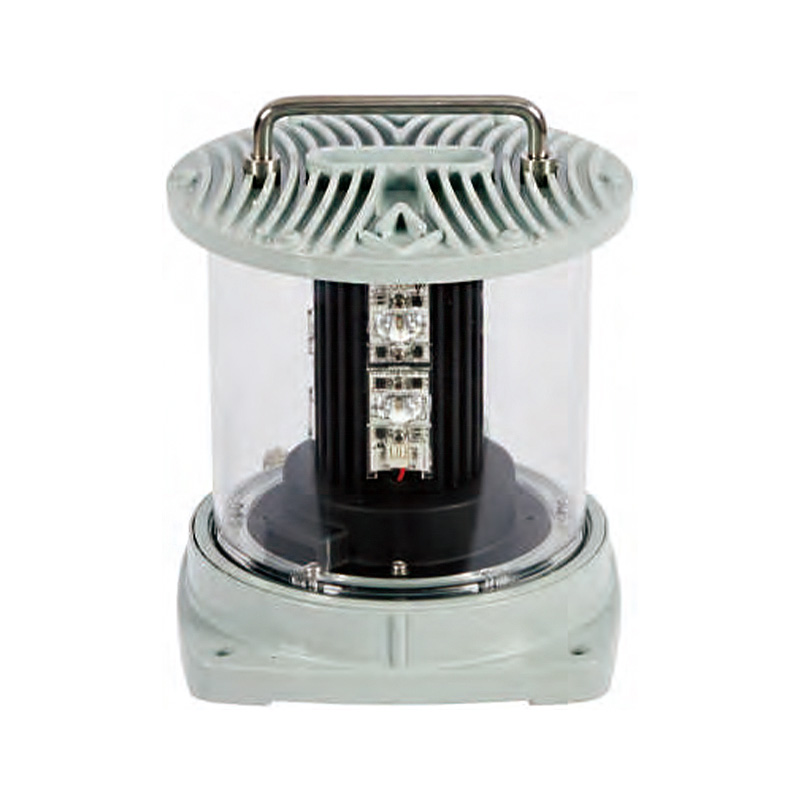
Supporting Energy Efficiency and Sustainability
Alongside enhancing brightness, the beam control also reduces wasted energy by limiting light dispersion outside of the targeted zone. A concentrated light source means that less electrical input is required to attain the same level in brightness inside the defined area. This is a major reason for the shift toward more efficient marine technologies that are energy efficient and is particularly beneficial for remote buoys, unmanned buoys vessels as well as small boats that rely on solar or battery energy.
Contributing to Situational Awareness
The clear and controlled beam patterns enable mariners to quickly scan their surroundings, and also identify obstacles, other vessels, or navigation aids. When each light functions in a predictable way it is more straightforward for pilots, captains and crew members to assess the risk, identify right-of-way and safely maneuver. Beam control helps in this sense of security by ensuring that each lighting is an unambiguous, precise signal.
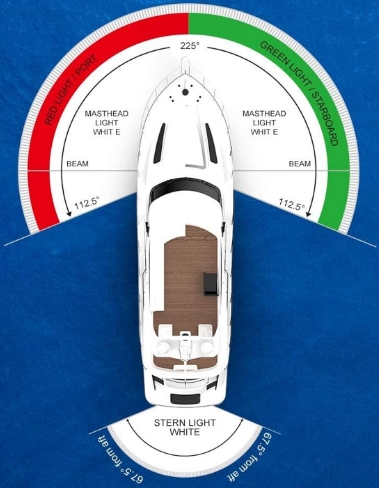
Key Beam Control Technologies in Marine Navigation Lights
1. Precision Optics
The fundamental element to beam management in navigation lighting for marine is the utilization of precise optical components. Reflectors and lenses are designed to alter the light path, directing it to specific vertical and horizontal angles. Fresnel lenses are widely utilized due to their light design and capability to concentrate on narrow light beams, while keeping their compact forms. They create sharp cutoffs that are in line with the requirements for visibility set forth by international standards including that of the International Regulations for Preventing Collisions at Sea (COLREGs).
2. LED Directionality
The development of Light Emitting Diode (LED) technology has greatly enhanced beam control. In contrast to traditional incandescent bulbs that emit light from any direction, LEDs have fundamentally directed. This lets engineers design navigation lighting systems that ensure most of light is emitted in the direction that is desired which reduces the need for a lot of optical correction. When paired with reflectors or secondary optics, systems based on LED marine navigation lights will be able to create high-quality beam patterns that are controlled, with enhanced energy efficiency and reduced radiation.
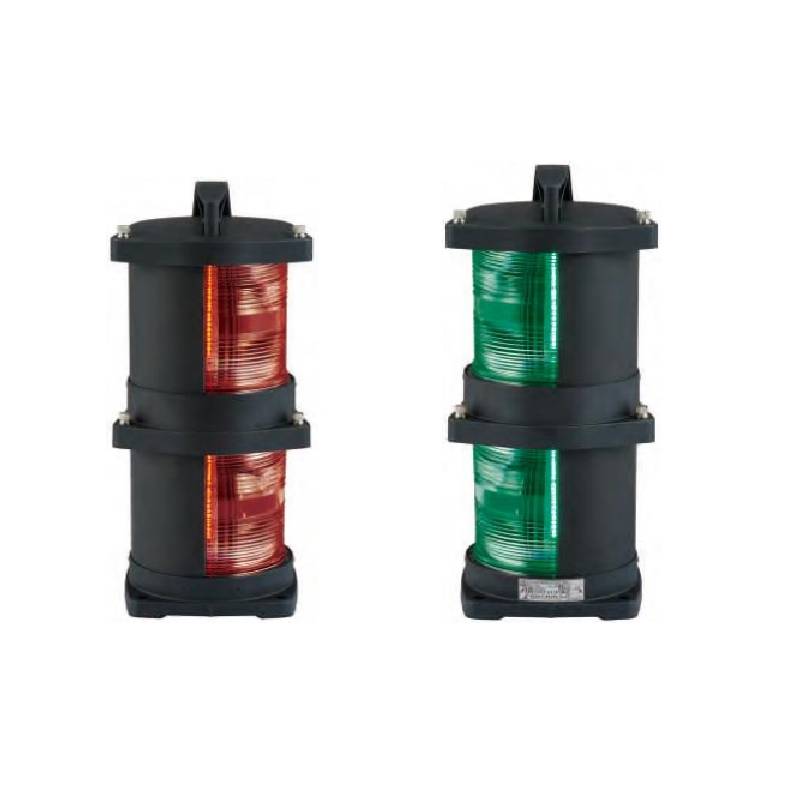
3. Beam Shaping Diffusers and Filters
The beam shaping filter and the diffuser can be used to control the distribution and uniformity of the beam of light. These filters help remove hot spots and uneven brightness throughout the beam’s arc. By diffusing light or focusing it on certain angles, these components ensure that the beam arc is evenly bright. This is crucial to ensure that the marine navigation lights are clear and easily interpreted at all angles within the intended range.
4. Multi-Zone Illumination Control
Certain advanced navigation lights employ multi-zone control systems that allow several light emitting zones are separately controlled to produce complex beam patterns. These systems enable manufacturers to adjust the output according to particular vessel configurations and requirements for operation, such as the requirements of commercial vessels with large size offshore platforms, special-purpose vessels. Multi-zone lighting also provides redundancy, which increases the reliability of lighting and increases safety.
5. Motorized and Electronic Beam Adjustment
For vessels that require variable beam configurations certain marine navigation lights include electronic or motorized beam adjusters. They can physically rotate or tilt optical components in order to alter the direction of beams or their shape upon demand. This is particularly useful for environments with high-speed movement like search and rescue as well as when the vessel’s configurations alter. Although it isn’t yet widely used it is the future of technological advancements in marine lighting.
6. Optoelectronic Integration for Intelligent Beam Management
Modern beam control technology is becoming increasingly integrated with sensors and digital controls. Optoelectronic systems detect environmental conditions like darkness, fog or obstructions, and alter the beam to accommodate these conditions. These intelligent systems ensure the best visibility while reducing energy consumption. They also offer remote diagnostics and automatic brightness adjustments, as well as real-time verification of compliance which makes them perfect for vessels that are autonomous or smart.
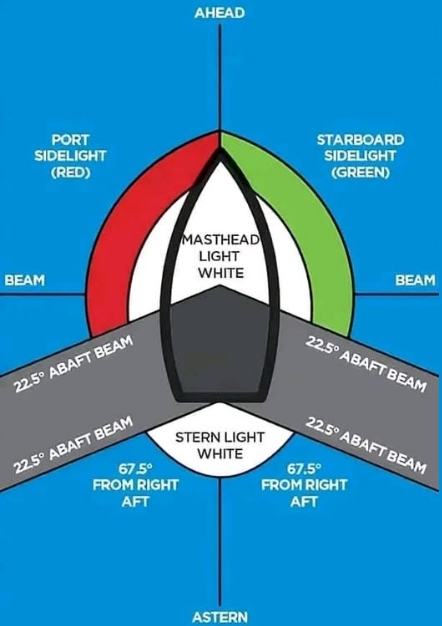
International Standards for Beam Control in Marine Navigation Lights
This chart provides a summary of the international and regional standards that regulate beam control of marine navigation lights to ensure safety, visibility, and compliance on global and national waters.
| Standard/Regulation | Governing Body | Beam Control Requirement | Purpose |
| COLREGs (Rule 22 & 21) | International Maritime Organization (IMO) | It defines arcs of visible (e.g. lights at the masthead: 225deg; light sources: 112.5deg for each light, and stern 135deg) that require the same intensity throughout the an arc | Avoids collisions by ensuring proper vision and understanding of the vessel’s lights |
| IEC 60945 | International Electrotechnical Commission (IEC) | The requirements for performance are set for radiocommunication and marine navigation equipment such as beam angle accuracy and intensity of light | It ensures electromagnetic compatibility and the environmental endurance of lighting for navigation |
| IALA Recommendations (e.g., IALA Guideline 1048) | International Association of Marine Aids to Navigation and Lighthouse Authorities (IALA) | Offers direction on the horizontal and vertical beams of light, their divergence, uniformity, as well as signal definition to aid in navigation | Standardizes the light characteristics of fixed navigational aids such as beacons and buoys |
| ISO 19007 | International Organization for Standardization (ISO) | Methods for confirming the distribution of luminous intensity and the range of visibility for LED lights for navigation. | Assures a consistent performance in photometrics and the visibility distance |
| USCG 33 CFR Part 84 (U.S. Waters) | United States Coast Guard | Requires compliance with COLREG-defined beam arcs, as well as minimum visibility limits (e.g. 2-6 nautical miles based on the size of the vessel) | Regulates the installation and use for navigation lighting on boats in U.S. coastal and inland waters |
| EN 14744 | European Standard | Specific test methods and design requirements for the angles of visibility of navigation lights in addition to intensity distribution, as well as mounting | Facilitates harmonization and security across the EU-regulated waterways |
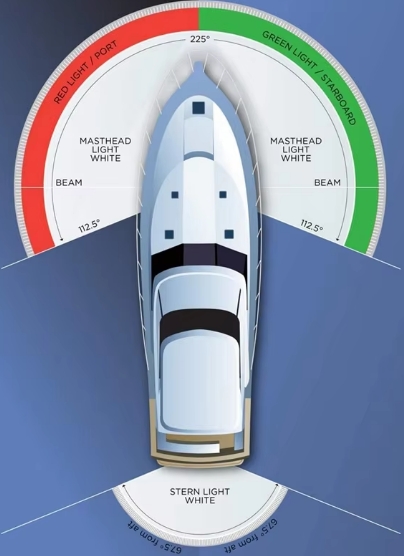
Applications of Effective Beam Control in Modern Marine Navigation
1. Commercial Shipping and Vessel Navigation
In the commercial shipping industry, beam control is a must for sidelights, masthead lights and stern lights to ensure compliance with international maritime rules. Correctly directed beams can help other vessels to determine the orientation of a ship, its length and navigational status. This is especially important in the crowded ports, at night sailing, and chaotic traffic separation systems in which misjudging the direction of a ship could lead to collisions.
2. Offshore Platforms and Navigational Aids
Offshore installations like wind farms, oil rigs and lighthouses depend in beam-controlled light systems in order to be visible for long distances. The systems have to emit light in clear horizontal arcs, while also minimizing the glare and light pollution. Beam control makes sure that warning lights as well as sector lights are clear and provide clear information about the direction of vessels that are navigating close to these fixed dangers.
3. Autonomous and Unmanned Surface Vessels (USVs)
As technology for autonomous marine advancements the unmanned vessel is increasing in use for research and surveying as well as logistics. Beam control is crucial for these vessels in order to fulfill the requirements of navigation lights without the oversight of a crew. Beams controlled by a controller ensure visibility and avoid overspreading between light arcs, providing seamless interconnection with traffic manned by manned personnel and automated collision avoidance systems.
4. Search and Rescue (SAR) and Emergency Operations
In rescue and search mission, the beam control increases the efficiency of navigation and signals by directing light precisely where it is required. This decreases the chance of misorientation for rescue personnel and helps improve target recognition in conditions of low visibility. Beam patterns that can be adjusted are particularly beneficial in dynamic, rapidly changing environments.
5. Recreational and Luxury Vessels
Yachts, private and leisure vessels make use of beam-controlled navigation lights, not just to ensure safety but also to ensure aesthetic and compliance reasons. Lights that are well-controlled stop light spillage and prevent confusion between vessels that are in close proximity to each other in coastal waters or marinas. LED systems that have built-in beam controls provide reliable visibility while consuming little energy.
5. Port and Harbor Traffic Management
Harbor authorities employ lighting controlled by beams to control the movement of vessels within ports, particularly in restricted or congestion-prone zones. Channel markers, beacons as well as quay light fixtures are placed to form well-defined visual corridors. This allows shipmasters and pilots to keep their positions in order and to follow harbor entry regulations.
6. Environmental and Coastal Monitoring Buoys
Environmental monitoring buoys, as well as aids to navigation typically operate on their own and are solar or battery-powered. Beam control makes sure that these tiny but vital devices are able to project effectively in certain directions, increasing visibility while conserving energy. This increases nighttime visibility for vessels passing by and allows the long-term use of these devices with minimal maintenance.

Challenges and Future Solutions for Beam Control in Marine Navigation Lights
This chart highlights how future innovations in materials, automation and smart control systems are set to solve the challenges of accurate beam control that is necessary in navigation lights.
| Challenges | Description | Future Solutions |
| Environmental Impact on Beam Integrity | Rain fog, rain, or sea spray may reflect and absorb light thus reducing visibility. | The development for adaptive beam control system to adjust the intensity and angle in accordance with the weather conditions in real-time. |
| Limited Precision in Traditional Optics | Older lighting systems may not have the precise control required for precise beam conformity. | The integration of precision LED optics with modern lens material (e.g. Fresnel enhanced or multi-focal lenses). |
| Overlapping Beams in Dense Traffic Areas | In crowded ports or coastal zones beams that are not controlled can create confusion. | Implementation of beam control that is digitally segmented along with smart lighting zones that have automatic beam shaping. |
| Power Constraints on Small or Autonomous Vessels | Limits to energy can limit lighting strength as well as beam shaping abilities. | Utilization of ultra-efficient LEDs that have small beams and solar-powered intelligent control systems. |
| Lack of Real-Time Adjustability | Fixed beam angles aren’t able to adapt to the dynamic vessel operation or the changing direction. | Electronically steerable or motorized beam modules that react to vessel movements. |
| Maintenance Challenges in Harsh Environments | Mechanical wear and corrosion from saltwater can affect optical components over time. | The use of corrosion-resistant coatings, self-cleaning lens, and sealed optics for a longer service longevity. |
| Difficulty in Verifying Beam Compliance | Manually confirming the beam’s angle as well as intensity can be laborious and inconsistency. | The adoption of beam monitoring systems that include digital logs to automate verification of compliance. |
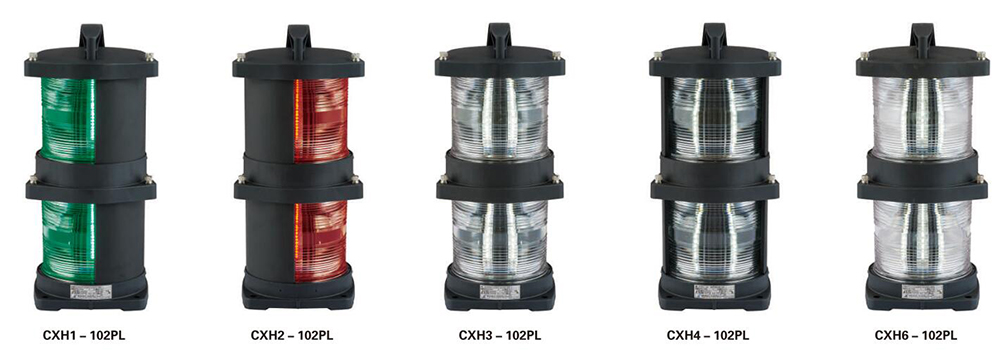
Final Thoughts
As the maritime operations becomes more sophisticated and demand higher performance in a variety of circumstances, the significance of precisely engineered and properly controlled light beams is growing. Beam control is now an essential design aspect for marine navigation lights, which ensures the compliance of international standards while enhancing maritime safety. Through the development of innovative optics, LED technology and beam shaping mechanisms, navigation lights are getting more efficient, compliant, and capable, ensuring that vessels are identifiable and safe in the treacherous maritime environment.
